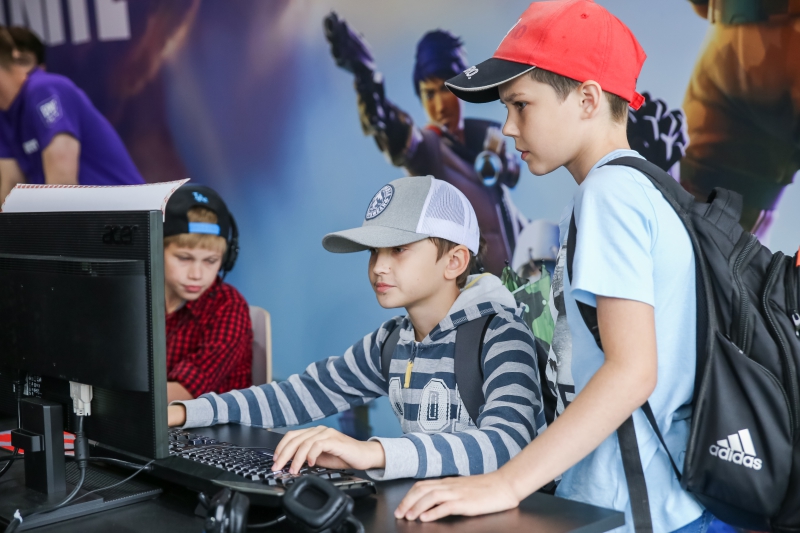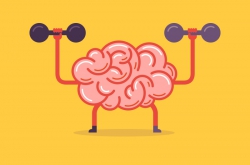Can games be truly useful?
In recent years, the number of adherents of gamified education has grown. Quite a large number of research studies have attempted to analyze the effect of games on education, and some aimed to prove the benefits of introducing certain game mechanics. But in order to assess the results properly, we must take into account a number of factors.
Just like any other learning format, games have their upsides and their downsides, says Professor Eric Klopfer, the director of the Scheller Teacher Education Program and the Education Arcade at MIT, in an interview to educational portal Theory&Practice. Their effect depends on game design, the way a game is integrated into the learning process, the general context, and the metrics used to evaluate progress. A large part of the responsibility lies on the educator, as well, who is responsible for choosing the most fitting game of those available depending on the students and the educational goals.
He also adds that it’s necessary to draw a strict line between gamified education and educational games. Gamification is often seen as a way to adapt game mechanics to various educational activities. That’s precisely why the same mechanic can be beneficial in one case, and useless in another. Educational games are full-fledged games in which the mechanics correspond to educational goals. Eric Klopfer and his colleagues from MIT’s Education Arcade program explain how to create immersive educational games in their book Resonant Games.
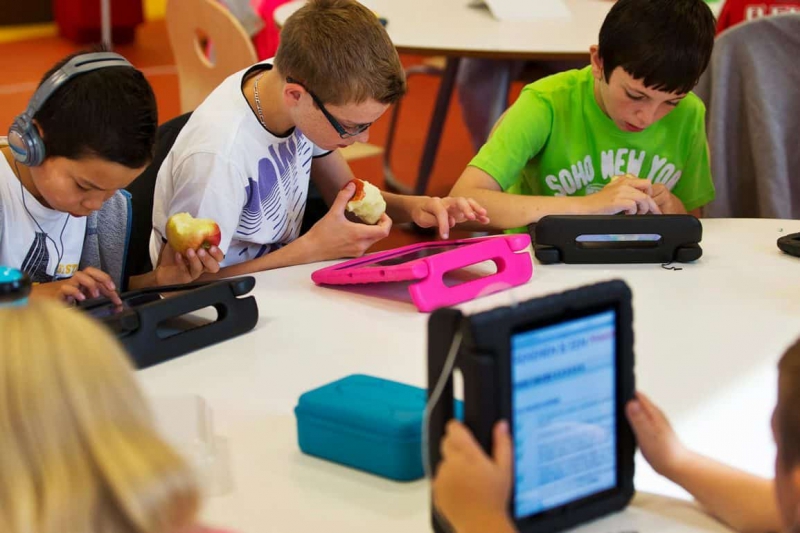
A market for “serious games”
News outlets often describe educational games with the term “serious games”. In a general sense, serious games are the games where learning, or the acquirement of skills, are the main goal instead of entertainment. Besides education, the term is also applied to subjects such as defense, science, and healthcare.
That, for instance, was the title of analytics firm Metaari’s 2018 report on the global game-based learning market. In their research, the company’s analysts forecast the next five years of the industry’s development after reviewing educational games made by developers from 122 countries. According to Metaari, the game-based learning market will amount to $17 billion by 2023. As the company points out, this massive growth is explained, among other things, by the constant innovation in the fields of AR, VR, and AI. The mobile gaming market, too, will grow, with Apple ARKit and Google ARCore technologies playing an increasing role.
Another factor used by the analysts to substantiate their forecast is the growth of private investments into educational gaming. In the prior two years, private investments in the field have amounted to more than $1.7 billion – an all-time high.
Who makes serious games: five examples
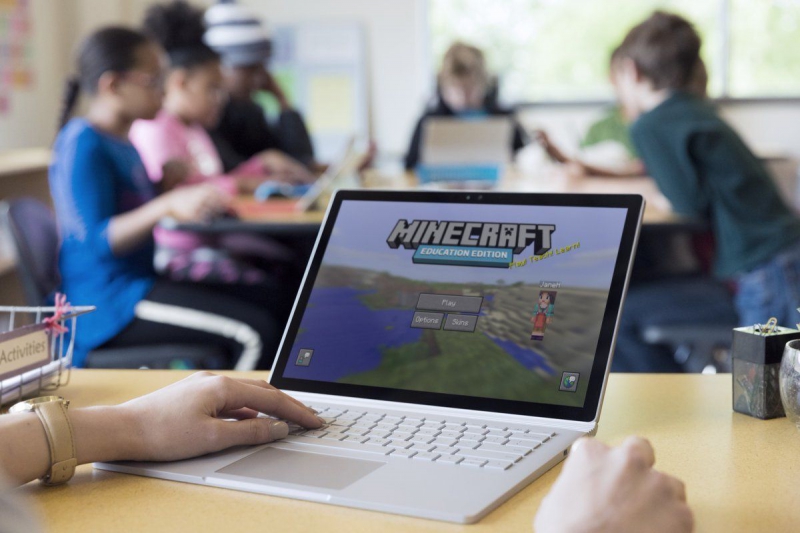
Even global tech giants and well-known industry members show interest in game-based education. The Minecraft franchise can already be deemed a veteran of educational gaming.
Several years ago, a computer science teacher from New York Joel Levin and a Finnish educator and programmer Santeri Koivisto came up with MinecraftEdu. The game’s Education Edition differs from the regular one in that it gives teacher accounts special privileges allowing them to control the in-game world: from producing unlimited resources to protecting user-made builds from destruction. Members of the game’s educational community (a majority of them from the USA, Sweden, and Finland) use the game to teach a number of subjects. For example, recreations of ancient cities can be used in history and geography classes; during physics classes, the game can be used to learn the theory of relativity; and interactions between chemical elements come in handy during chemistry classes.
At the Viktor Rydberg Gymnasium in Stockholm, a successful experiment resulted in Minecraft becoming a mandatory subject. During these classes, 13 years-old students build their own cities, learn about deforestation and its effects on soil, and even acquire knowledge of internet security.
Some examples come from Russian schools, as well. Biology teacher Svetlana Sadakova from Yoshkar-Ola’s Baumansky Lyceum asked her students to do their homework in Minecraft. The children build in-game models based on what they’ve learned and then present them to their teacher.
NASA and Microsoft
The eponymous tech giant’s Microsoft Education platform offers a variety of ways to effectively organize one’s educational process – and that includes personalized education and STEM-focused learning. Recently, the company partnered up with NASA in order to develop eight new lesson plans that explore the various scenarios encountered by astronauts during their stay on the International Space Station.
The lessons and related material are designed for students of middle and high school and combine basic academic concepts with practical experience. The students are tasked with developing 3D models, analyzing data, creating sensors, using virtual reality tech, and employing machine learning, all while taking part in the discussion on the challenges of living in space.
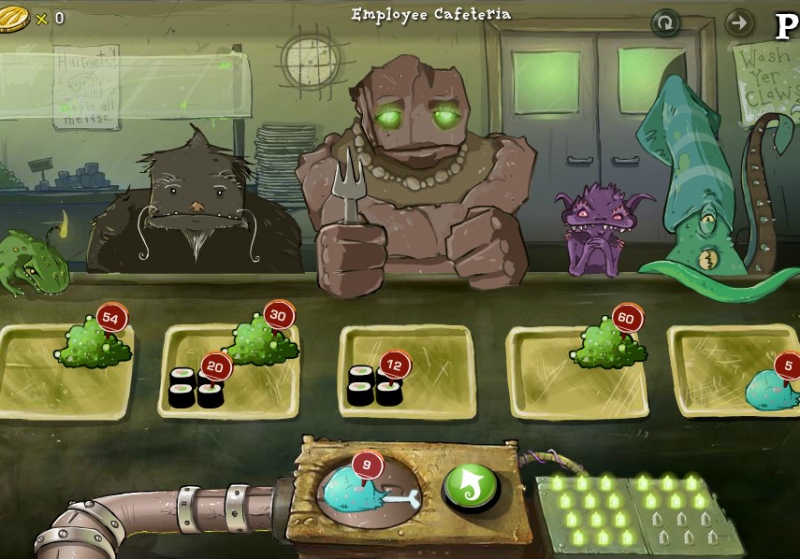
Included in the set of lessons are:
Two design challenges that have the students create “Astro Socks” and design their own modules for the ISS;
A lesson on microgravity that involves experiments and VR usage;
Four lessons that task students with proving the ideal gas law, measuring radiation, and working with light waves and frequencies;
A lesson on the Earth’s biomes and how scientists use satellite imagery to predict climate change.
VR Apollo 11
Another example of a commercially successful educational project about space is the game VR Apollo 11. Its creators describe the project as a “new kind of documentary film.” Its players get not only to learn about the events of 1969, but to take control of the command module, explore the lunar surface, and conduct experiments before returning to Earth. Since its launch in 2016, the game has sold to 120,000 customers and brought its developers more than $1.2 million.
In order to solve the most difficult tasks of the future, students need to develop a set of adaptive skills, believe Google specialists.
“More than 65% of young people will work in jobs that don’t currently exist. Learning computer science skills helps students thrive in a rapidly changing world. Yet our research with Gallup shows that many students aren’t getting the Computer Science (CS) education they need—and teachers don’t have sufficient resources to provide it,” says the company.
In order to expand students’ access to the relevant knowledge, Google provides a number of educational programs in the field of computer science. These programs aim to improve the students’ and teachers’ digital literacy and help them learn more about programming.
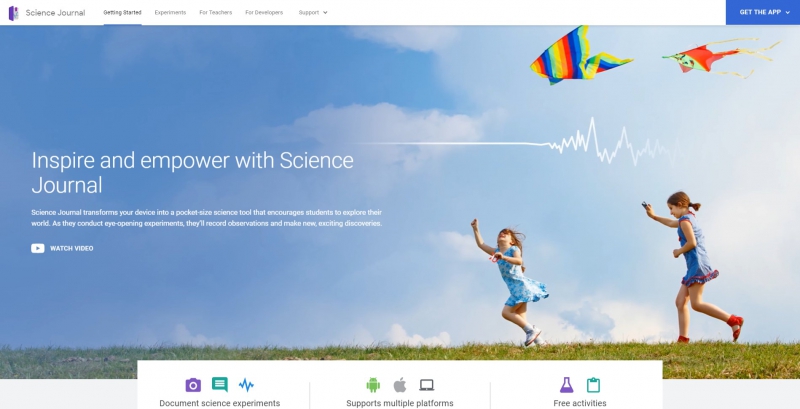
Another of the company’s educational initiatives, Science Journal, was launched in 2016. This free app allows science enthusiasts to conduct their own experiments and record their data. Users can employ their devices’ built-in sensors or connect additional equipment using Bluetooth.
Here’s what you can do with Science Journal:
- Measure lighting levels, sound intensity, acceleration, air pressure, and more;
- Take pictures of experiments and add accompanying notes;
- Connect to Arduino- and Vernier-based devices using Bluetooth;
- Export data into *.csv files;
- Create triggers for data recording.
Science Journal is available on Android and iOS devices and Chromebook-compatible laptops. A recent update has added the ability to access experiment data from any device using Google Drive.
Desbravadores

Brazilian developers from the Catholic University of Pernambuco have employed the popular survival game genre to stoke school students’ interest in history. The game Desbravadores tasks players with surviving in a hostile prehistoric environment, and that requires them to forage for food, build fires, avoid predators, and analyze cave paintings in order to understand their meaning. The players’ decisions affect the story. In addition, the game provides real-time feedback and improves decision-making skills.
